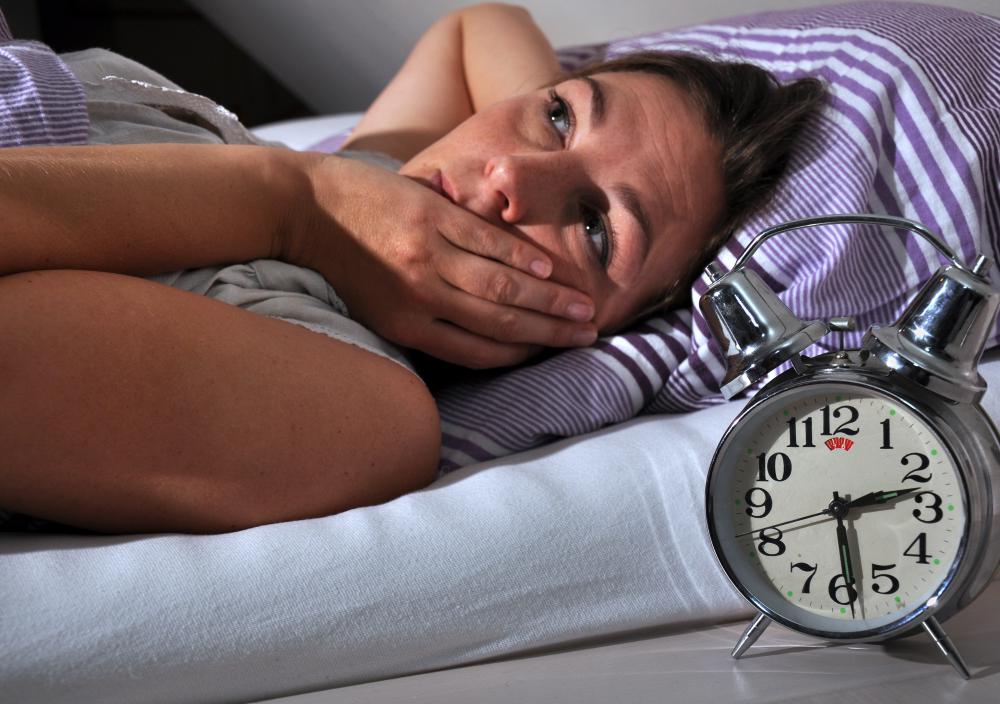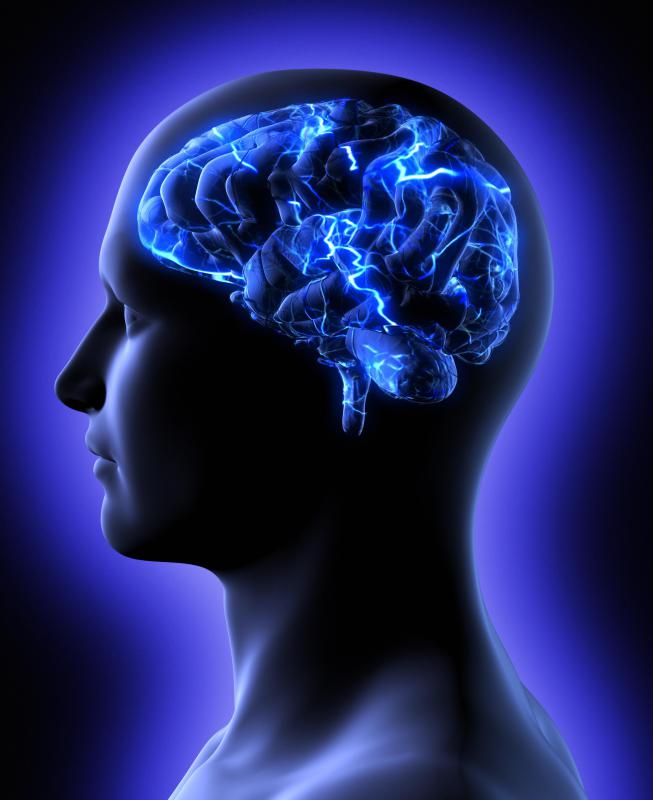At WiseGEEK, we're committed to delivering accurate, trustworthy information. Our expert-authored content is rigorously fact-checked and sourced from credible authorities. Discover how we uphold the highest standards in providing you with reliable knowledge.
What is Brainwave Entrainment?
Brainwave entrainment, also known as brainwave synchronization, is considered a means of stimulating the brain to produce certain types of brainwaves. Brainwave entrainment typically involves listening to different sounds or frequencies, usually with a set of specialized headphones emits a different frequency for each ear. This can cause the brain to produce special pulses known as biurnal beats. Evidence suggests that biurnal beats can alter brainwave patterns, causing changes in mood, thoughts, and behavior. Many in the field of neuroscience believe that brainwave entrainment has the potential to treat mood disorders, behavioral problems, insomnia, and substance addictions.
A behavioral scientist, Dr. Charles Stroebel, is considered the first expert to have studied the phenomenon of brainwave entrainment. In the 1970s, Dr. Stroebel may have made the first breakthrough in brainwave entrainment when he discovered that persons in deep states of meditation typically experience synchronization of brainwave patterns in both hemispheres of the brain. In other states of consciousness, brainwave patterns are generally quite asymmetrical, with one side of the brain producing a much stronger pattern than the other.

Dr. Gerald Oster, a neuroscientist with Mt. Sinai Medical Center, is credited with the discovery of the biurnal beats phenomenon. His 1973 report, "Auditory Beats in the Brain," discussed the brainwave pattern changes that can occur when sounds of two different frequencies are played into each ear. The two different frequencies can produce a pulse within the brain itself, known as a biurnal beat, that brings the brainwaves of both hemispheres of the brain into synchronization. Various experiments performed since suggest that scientists can change and synchronize brainwave patterns across the whole brain by introducing sounds of different frequencies to each ear.

Scientists have already used this technique experimentally to induce different stages of sleep. Research suggests that brainwave entrainment can be used to induce the brainwave patterns typical of all stages of sleep, from light relaxation, to deep sleep, to the dream state. This technique is believed useful for the treatment of insomnia.
Researchers are optimistic about the potential of brainwave entrainment to treat insomnia, mood disorders, and mental illnesses such as ADHD. Some believe that brainwave entrainment can help resolve addiction issues and behavioral problems. Others look to the technique's potential to enhance learning or boost creativity.
AS FEATURED ON:
AS FEATURED ON:













Discussion Comments
What a wonderful discovery! BWE is incredibly powerful and useful in many more applications than this article mentions. Best of all, it is readily available for free from internet resources like YT and more.
Post your comments